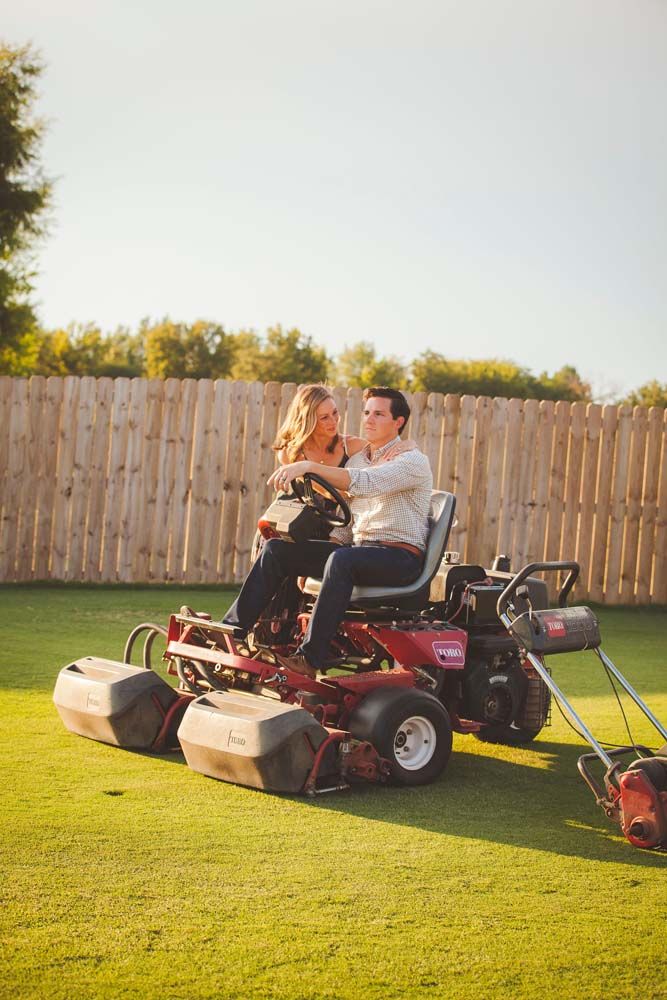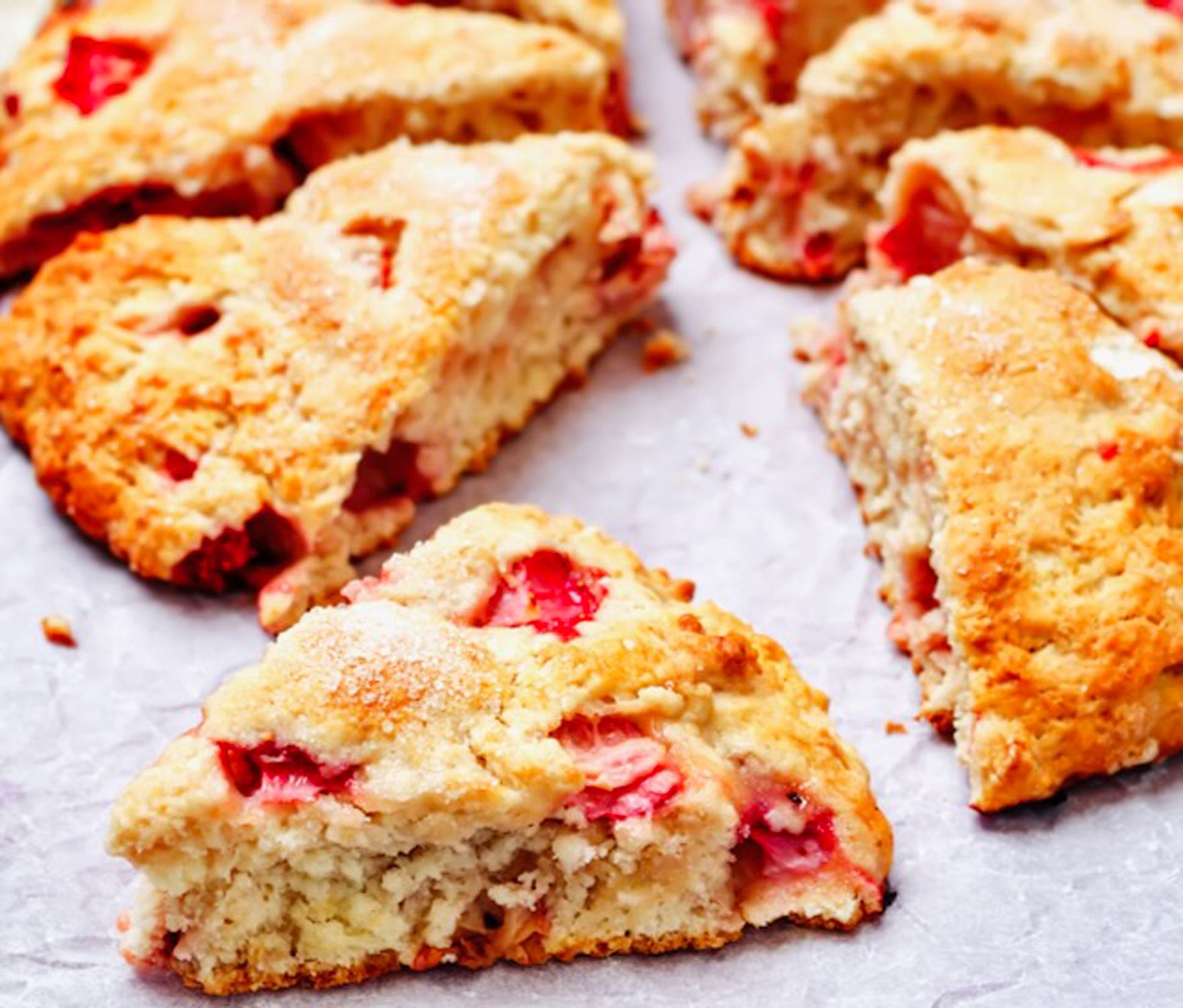How to Make a Great Bone Broth


Foolproof techniques for the best flavor and nutrition
More and more healthy recipes are calling for bone broth as a base. Properly made bone broth doesn’t just add flavor to your favorite foods, it’s also nutritious, says Sally Fallon Morell, author of Nourishing Traditions and co-author with Kaayla T. Daniel of Nourishing Broth: An Old-Fashioned Remedy for a Modern World.
Loaded with minerals, electrolytes, and gelatin, enthusiasts drink bone broth for everything from poor digestion and influenza to chronic disorders like diabetes and arthritis.
But don’t be tempted to buy the bottled stuff sold in stores. Bone broth is easy to make the Sally Morell way—in the slow cooker.
Gotta have good bones
“The best bones have connective tissue,” says Morell. “That’s where the gelatin is.” She uses shank bones with the cartilage attached, ribs, and knuckle bones like hocks and feet. “You want a little meat left on the bone,” she says.
Roast beef bones in the oven first for a better flavor. Lay them on a cookie sheet and bake at 350 degrees until the meat starts to sizzle and brown. Morell brushes them with tomato paste before roasting.
“Remember,” says Morell, “the better quality meat, the better quality stock you will have.” For that reason, homegrown organic animals, culled laying hens, and wild game make the best stock.
How to Make Bone Broth in the Slow Cooker
The best, most flavorful, and richest stock can be made in a few easy, hands-off steps.
• Fill your crock with bones. “Better yet,” says Morell, “two whole chickens.” You can use the meat for such dishes as chicken salad or burritos and the skin and connective tissue provide the much sought-after gelatin.”
She adds, “I always include a pig foot or hock or a few chicken feet. They are full of gelatin.”
• Add vegetables. Add a few cut-up vegetables, like onion, carrot, and celery, for extra minerals and flavor. Morell also includes a few peppercorns and bay leaves in her mixture.
• Cover with cold water. Not too much, just cover the bones. Then add a splash of vinegar. The acid in the vinegar helps extract the minerals from the bones. Before turning on the heat, let it rest for about an hour to give the vinegar a chance to work on the fibers in the meat to open up and release their flavor.
• Cook overnight. This is the best part, at least in today’s world. Years ago, homemakers had to keep vigil over the pot that simmered on the back of the stove and steamed up the windows. Now, we can set the slow cooker and go to bed.
• Ladle out the bones and strain the broth. Allow the slow cooker to work its magic for at least 24 hours. Then, use a large slotted spoon to remove the bones, skin, and meat from the crock. Strain the rest through a fine mesh strainer into a large jar. Refrigerate.
• Do it again. Pick out any meat you want to add to your sandwiches, then add the bones and other large solids back into the crock and cover with more water, vinegar, and fresh vegetables for a second batch.
“Doing two batches in a slow cooker this way will give you about 1½ gallons of stock,” says Morell.
Keep the broth
Once cooled, the fat will rise to the top. Remove it and discard or save for cooking in other dishes. The resulting, gelatinous broth will keep for about five days in the refrigerator.
Or, you can freeze it in individual portions. Use an ice cube tray for pre-measured servings.
How to use bone broth
The uses for bone broth are unlimited. Few cooks need ideas for using it up. It’s the best ingredient for a soup or stew base, is essential for gravies and sauces, and adds an incredible depth of flavor to rice or other grains when used in place of water.
If you have never tried this, drink it by the mugful. Health enthusiasts do and say they’re better off for it.
Clean Chicken Feet to Use in Your Stock
Culled laying hens make the best stock. But use the entire bird. Morell adds necks, backs, feet, and even the head to her stockpot.
I know what you’re thinking: “I’ve seen where those chicken feet have walked, and it ain’t pretty!”
Believe me, I thought the same thing when I started adding them to my stock. But at that time, I didn’t know that the skin—nails and all—peel right off. To get the cleanest chicken feet on the planet, follow the steps below.
When you scald the birds for plucking, swish the feet in the water until they look clean.
In the kitchen, scrub them thoroughly with a small brush and vinegar water. Make sure to separate the toes and get into the folds of skin.
Immerse a few feet at a time in water that’s been heated to about 150 degrees. After a minute or two, the thick, yellow skin peels off like a glove. Even the nails will pop off. If you leave them in the water too long, they won’t peel easily. So, if you process a lot of birds, only do a few feet at a time.
Now they’re clean and ready for your pot!
Tags:Country Kitchen

Acreage Life is part of the Catalyst Communications Network publication family.













